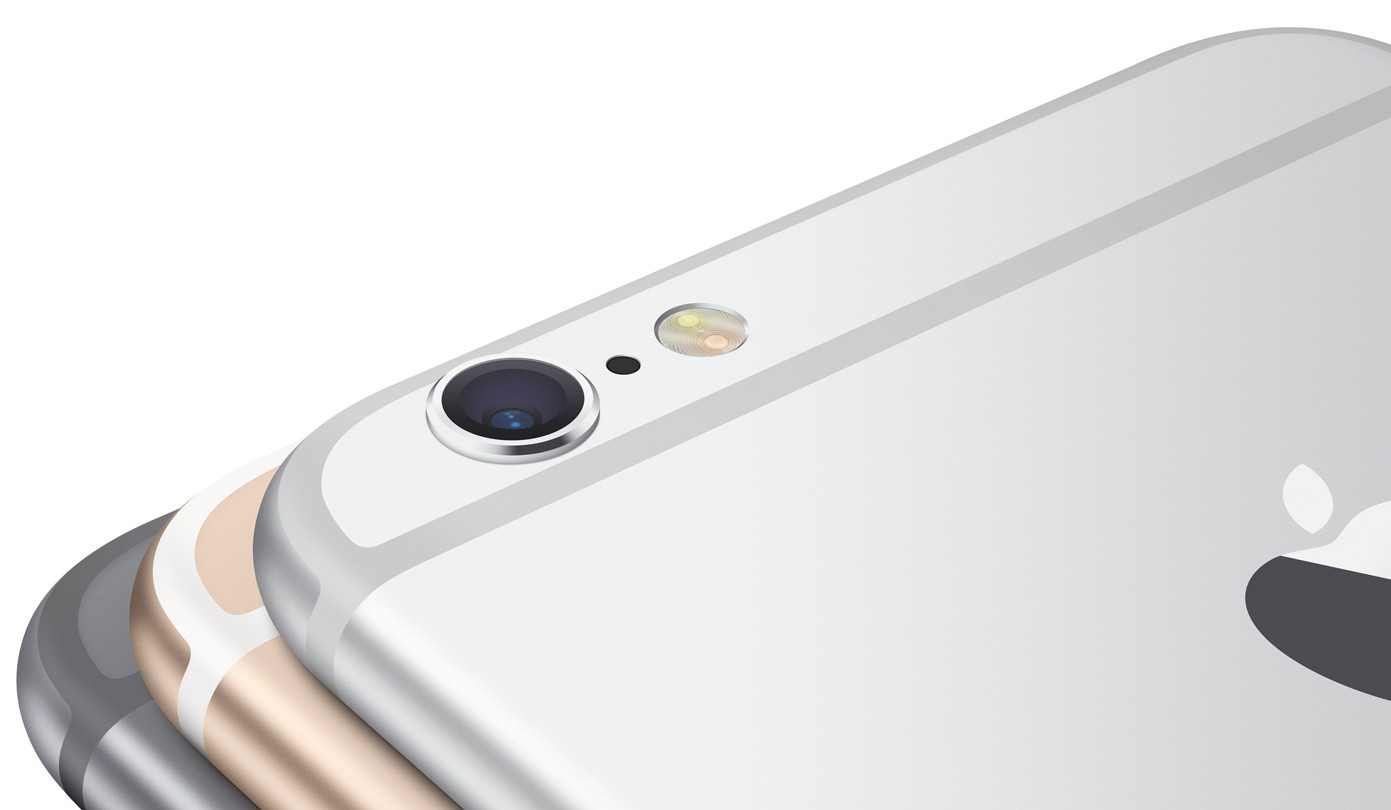
In addition to a protruding camera, those antenna bands represent the most controversial design feature of the iPhone 6 and iPhone 6 Plus. Blame the unsightly bands on the law of physics.
Though iPhones and cellular iPads and iPods would have decidedly looked sleeker without the bands, the radio waves cannot penetrate metal so an all-metal iPhone would be quite useless despite a stunningly seamless appearance.
But if a patent application Apple filed with the United States Patent & Trademark Office is an indication, future iPhones could easily get rid of the antenna bands on the back as Apple has apparently invented a metallic looking material that doesn’t interfere with the functioning of RF antennas.
Titled “Non-capacitive or radio frequency-transparent materials with anodized metal appearance” and published by the USPTO last Thursday, the invention describes composite structures that have an appearance of an anodized bulk metal.
The custom composites theoretically permit the company to engineer metallic looking bands that won’t interfere with the functioning of RF antennas.
Some embodiments describe forming an imitation metal oxide layer and depositing a non-capacitive layer on the imitation metal oxide layer. These composite structures also don’t interfere with the functioning of touchpads and touch screens, making them feasible for notebook touchpads.
Metal, generally a high capacitive material, cannot be used to cover capacitive touchpads, touch screens and other capacitive sensors, Apple notes. But if portions of the housings that cover antennas and touch sensors were made of a non-metallic material such as plastic or glass, the solution wouldn’t create a visible break in the metallic surface of the housing.
“This visible break can detract from the smooth and continuous look of the metallic housing,” the company acknowledges. The anodized metal-appearing composite structures can be formed adjacent to anodized metal portions of a part giving the part a continuous metal appearance, the patent indicates.
The invention, field for in February 2015, credits Apple engineer Brian Demers.
Source: USPTO